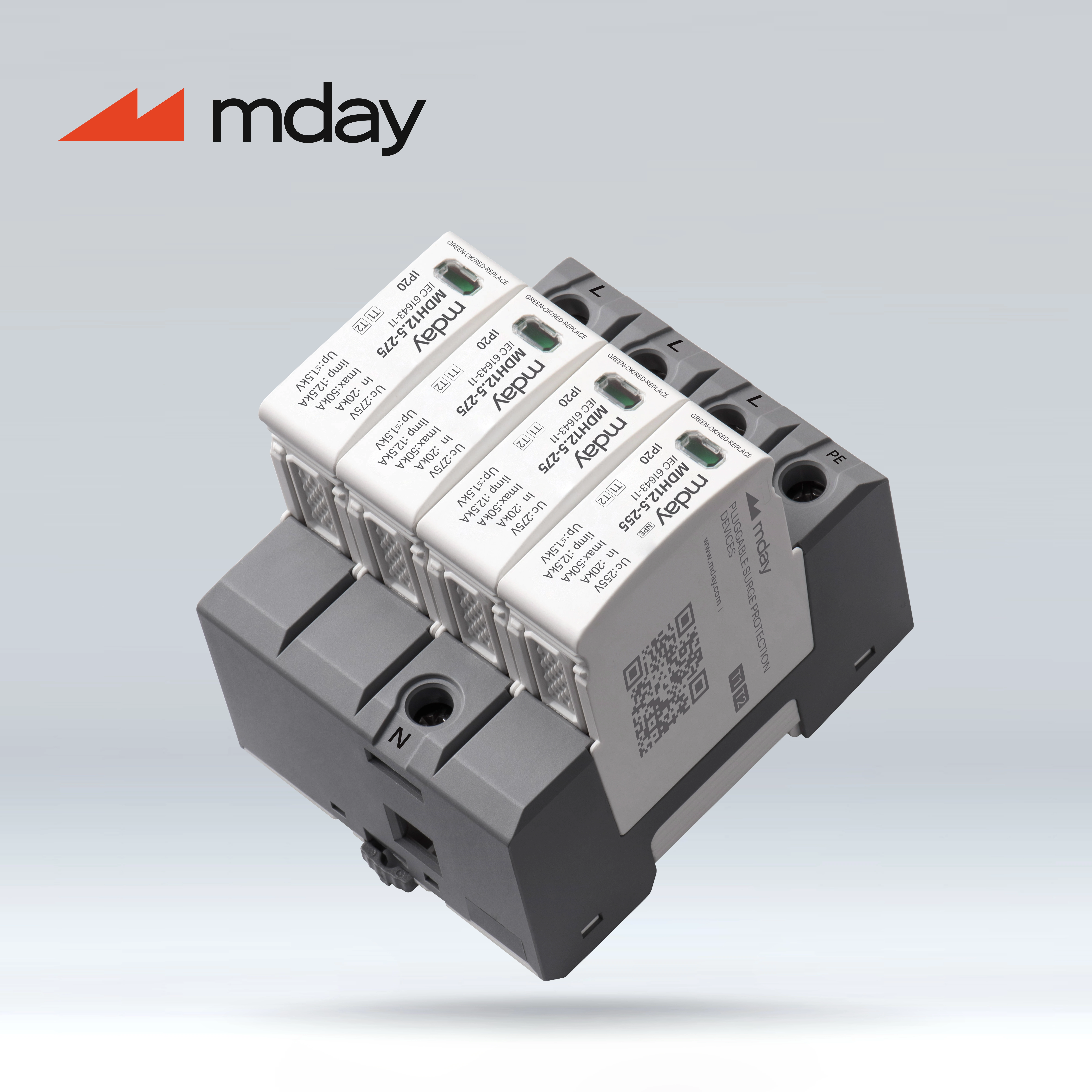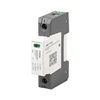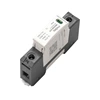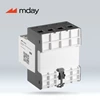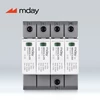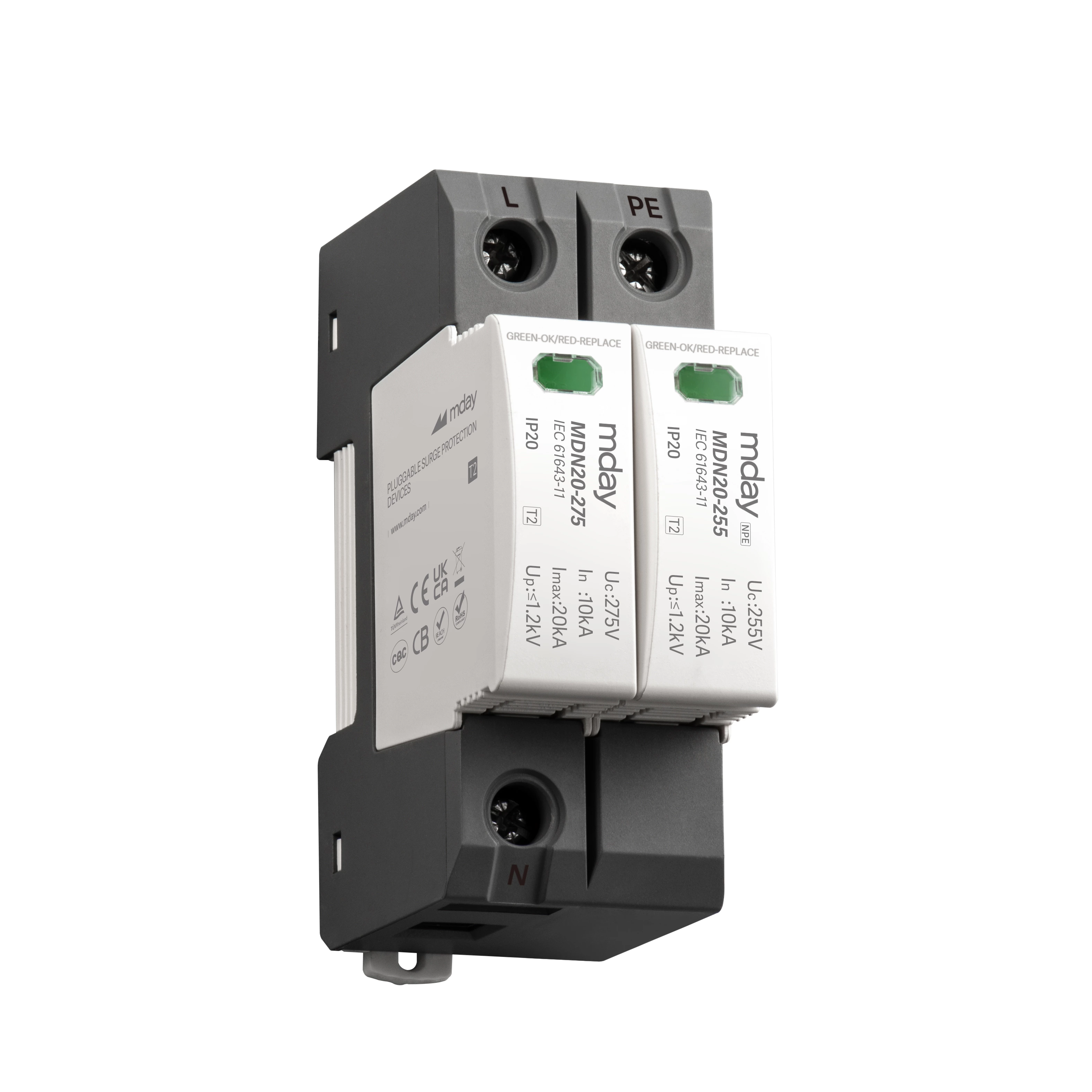Is It Necessary To Install A Surge Protector For Home Decoration? The Professional Lightning Protection Team Tells You The Answer
"Is it really necessary to install a surge protector at home?" I believe many people will have such questions. Facts have proved that household lightning accidents are common nowadays, and installing a surge protective device is imminent. At present, a large number of inferior surge protection device are pouring into the market, and many users do not know how to choose and judge. This has also become a problem that most home users need to solve. So how can we choose a suitable home surge protector?
1. Surge protector classification protection
Surge protectors are divided into three levels according to the area to be protected. The first-level surge protector can be applied to the main distribution cabinet in the building, which can discharge the direct lightning current, and the maximum discharge current is 80KA~200KA; the second-level surge protector is applied to the branch distribution cabinet of the building. It is a protective device for the participating voltage of the front-level lightning arrester and the induced lightning strike in the area. The maximum discharge current is about 40KA; the third-level surge protector is applied to the front end of important equipment. It is the final means of protecting the equipment, protecting the LEMP and the residual lightning energy passing through the second-level air defense lightning arrester, and the maximum discharge current is about 20kA.
2. Check if it has a safety mark
If you want to know the quality of the product, you also need to check if it has a lightning protection center test report or a product safety certificate. If the protector does not have a safety test mark, it is likely to be a low-quality product and its safety cannot be guaranteed. Even a high price does not mean that the quality is good.
3. Check the energy absorption capacity
The higher its energy absorption capacity, the better the protection performance. The value of the home surge protector you buy should be at least between 200 and 400 joules. For better protection performance, a protector with a value of more than 600 joules is best.
4. Check the response speed
Surge protectors do not disconnect immediately, and they respond to surges with a slight delay. The longer the response time, the longer the computer (or other device) will be subjected to the surge. Therefore, buy a surge protector with a response time of less than one nanosecond.
5. Look at the foil voltage
The lower the foil voltage (a protective voltage measured after the lightning protection passes through energy or current discharge), the better the protection performance. It has three protection levels of 300 volts, 400 volts and 500 volts. Usually, the foil voltage is too high if it exceeds 400 volts. Therefore, it is necessary to observe the box voltage value to ensure safe use.
